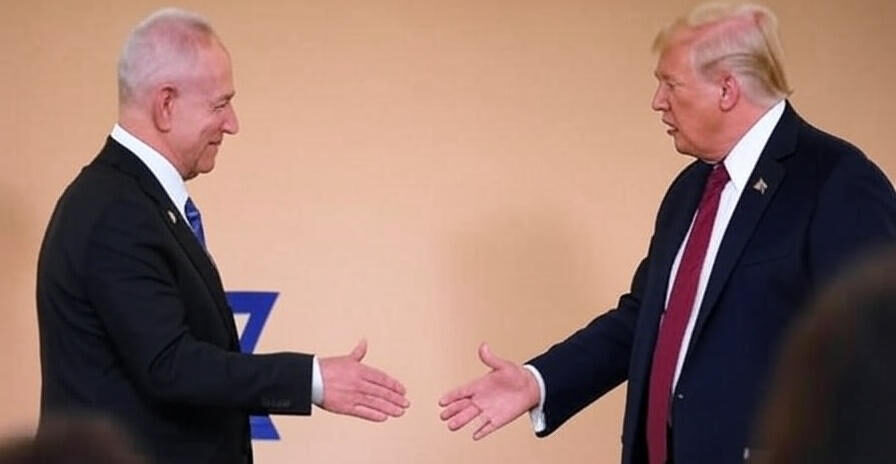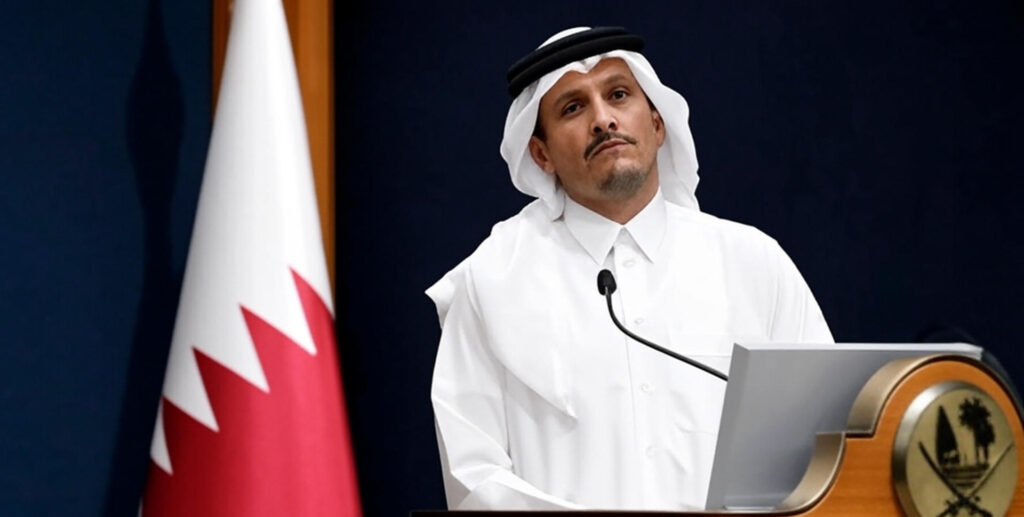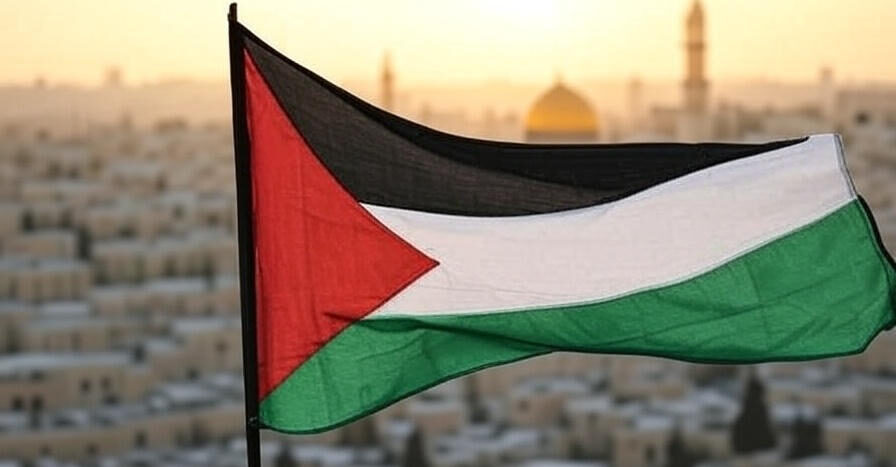
On September 29, 2025, Israeli Prime Minister Benjamin Netanyahu endorsed a U.S.-proposed 20-point peace framework, spearheaded by President Donald Trump, to resolve the escalating Gaza conflict. This diplomatic initiative, unveiled during intensive White House negotiations, aims to secure an immediate ceasefire, facilitate hostage releases, and dismantle Hamas’s military capabilities amid a conflict that has claimed over 66,000 Palestinian lives. Netanyahu’s commitment aligns with Israel’s strategic imperatives, while Trump’s stark ultimatum to Hamas—accept the terms or face annihilation—underscores U.S. resolve. Complicating the landscape, Netanyahu issued a rare apology to Qatar for an airstrike targeting a Hamas delegation in Doha, signaling efforts to preserve mediation channels. As global reactions range from cautious optimism to sharp criticism, the plan’s success hinges on navigating complex regional dynamics and addressing accusations of bias.
Origins and Objectives of the Peace Framework
The 20-point plan emerges from renewed U.S. efforts to end the nearly two-year Gaza war, building on the faltered January 2025 ceasefire attempt. Crafted through Trump-Netanyahu summits, the framework prioritizes Israel’s goals: repatriating hostages, neutralizing Hamas’s political and military structures, and ensuring Gaza poses no future threat. Unlike prior agreements, it establishes a structured timeline for de-escalation, beginning with an immediate cessation of hostilities and phased Israeli withdrawals from occupied Gaza territories.
Strategic Phases of Implementation
The plan’s phased approach seeks to balance security and humanitarian imperatives. It mandates a 72-hour window for Hamas to release all 20 surviving Israeli hostages and the remains of 24 deceased captives. In exchange, Israel would free 250 Palestinian prisoners serving life sentences and 1,700 others detained since October 2023, fostering trust through reciprocal actions. Subsequent phases focus on Hamas’s complete disarmament, verified by international inspectors, with amnesty offered to compliant members.
Trump’s Ultimatum and Qatar’s Role

President Trump’s unequivocal support for Israel shapes the plan’s tone. Describing it as a “path to eternal peace,” he warned Hamas of total destruction if it rejects the terms, reinforcing U.S.-Israeli alignment. Netanyahu echoed this, vowing to eliminate threats should negotiations fail. Concurrently, Netanyahu’s apology to Qatar for a September 9, 2025, airstrike in Doha, which killed a Qatari security officer alongside Hamas operatives, aims to mend strained ties with a key mediator.
The Doha Airstrike Fallout
The Doha incident, targeting a Hamas summit, disrupted Qatar’s mediation efforts, prompting Al Thani to condemn Israel’s sovereignty violation. Netanyahu’s apology, facilitated by Trump, seeks to restore Qatar’s role, critical for hostage negotiations. This diplomatic gesture underscores the delicate balance of maintaining Arab partnerships while pursuing aggressive anti-Hamas operations.
Core Components of the Gaza Peace Plan
The framework extends beyond immediate de-escalation, envisioning Gaza’s long-term stabilization through governance and reconstruction. A “Board of Peace,” chaired by Trump and including former UK Prime Minister Tony Blair, will oversee a technocratic Palestinian administration, excluding Hamas. An international stabilization force, led by Arab-Muslim states, will secure borders, preventing rearmament.
Key Features of the 20-Point Plan
The plan’s actionable components address immediate and structural challenges:
- Ceasefire Enforcement: Immediate halt to hostilities, with UN sanctions for violations to ensure compliance.
- Hostage-Prisoner Swap: Hamas releases all captives within 72 hours; Israel frees 1,950 Palestinian detainees in phases.
- Humanitarian Aid Surge: Unrestricted UN and Red Crescent aid to restore Gaza’s water, electricity, and hospitals.
- Reconstruction Vision: $50 billion “Trump Development Plan” for desalination, energy, and agriculture to spur economic recovery.
These elements aim to transform Gaza into a demilitarized, economically viable region, contingent on international cooperation.
Global Reactions and Criticisms

While leaders like India’s Narendra Modi and France’s Emmanuel Macron endorse the plan, it faces significant backlash. Palestinian attorney Diana Buttu labeled it a “repackaging of genocide,” citing its exclusion of Palestinian input and stringent disarmament demands. Hamas, unconsulted during drafting, rejects the terms as “impossible,” particularly the dissolution clause. UN experts warn of complicity in atrocities if arms support continues unabated.
Social Media and Public Sentiment
On X, sentiments vary widely. Some users praise the hostage focus, while others criticize Netanyahu’s rejection of Palestinian statehood as a barrier to equity. Pakistani Senator Mustafa Nawaz Khokhar demands Netanyahu’s prosecution for war crimes, reflecting broader calls for accountability. These divisions highlight the plan’s polarizing nature.
Challenges and Pathways Forward
The plan’s success depends on Hamas’s response, complicated by its fragmented communication channels. Arab states’ normalization with Israel could incentivize compliance, but without Palestinian Authority reforms, long-term governance remains uncertain. The Doha apology may stabilize mediation, yet Israel’s operational restraint will be scrutinized.
Ensuring Viability
To succeed, the framework must address criticisms of bias by incorporating Palestinian voices and clarifying statehood prospects. The international community’s role—through funding and monitoring—will be pivotal in preventing humanitarian collapse and ensuring security guarantees are met.
In conclusion, Netanyahu’s endorsement of Trump’s 20-point plan, coupled with the Qatar apology, marks a critical juncture for Gaza peace. While the framework offers a structured path to de-escalation, its exclusionary drafting and stringent demands fuel skepticism. As Trump spearheads oversight, the global community must balance security with justice to forge a sustainable resolution, lest Gaza’s crisis perpetuate further tragedy.





